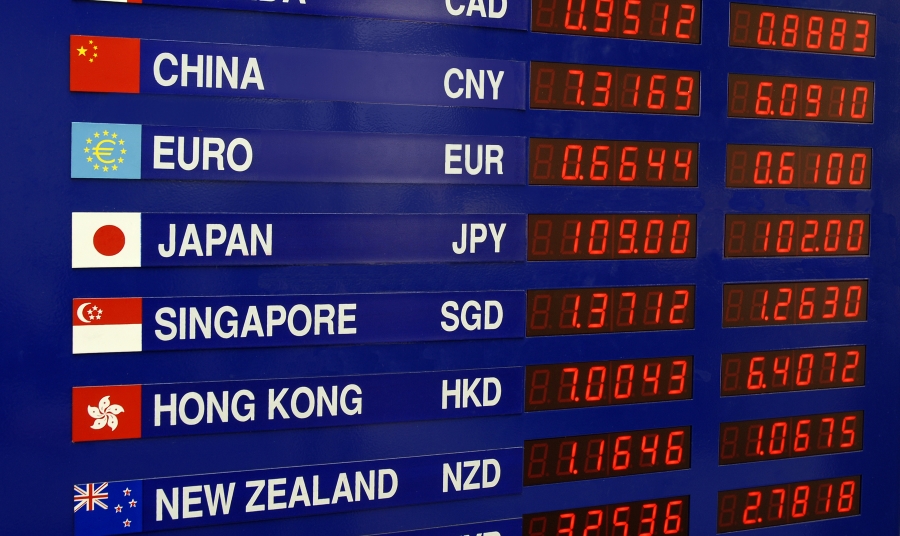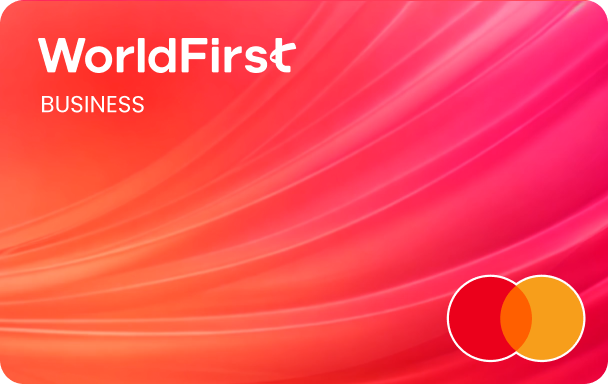What are the pros and cons of accepting foreign payments in local currency?
Global expansion is easier than ever — but you need a robust strategy to do well overseas. Read on to learn about the pros and cons of local currency payments, and how you can reduce currency conversion charges.

The digital revolution has made global expansion easier than ever for small businesses. With international e-commerce sales expected to rise to a total of $6.4 trillion by 2024, small businesses that sell across borders can take advantage of global growth and increase their profitability.
However, small e-commerce businesses often hit a stumbling block when it comes to getting paid in a foreign currency. The international payments industry is hugely complex, creating roadblocks to growth which can be challenging for small businesses to overcome.
So what are the pros and cons of getting paid in a foreign currency by international customers? How are innovative payments solutions facilitating greater small business expansion and making complex foreign currency exchange rates easier to understand? What should e-commerce sellers look for when selecting an account to get paid in a foreign currency?
In this article, we’ll examine the pros and cons of getting paid in foreign currency by international customers.
- Pro: Customers prefer paying in local currency
- Con: Small businesses have to shoulder the costs
- Pro: Not all e-commerce sites support getting paid in foreign currency
- Con: Accounting for local preferences everywhere makes getting paid in a foreign currency complicated
- How modern payment solutions can make getting paid in a foreign currency a growth opportunity
- Minimising foreign currency exchange rate costs for small businesses
Pro: Customers prefer paying in local currency
A recent survey, conducted by PayPal, showed that 76% of e-commerce customers preferred paying online in their local currency. If e-commerce sellers don’t provide customers with the ability to pay in their own currency, they could seriously limit their viability as they attempt to penetrate new markets.
The same study also found that 62% of survey respondents checked foreign currency exchange rates before making a purchase. As e-commerce sellers are all too aware, any delay to the checkout process is hugely detrimental to conversion rates. E-commerce sellers should always make checkout experiences as seamless as possible to encourage sales and offer currency values customers immediately understand.
Con: Small businesses have to shoulder the costs
Customers worldwide want to pay the price as listed and not pick up additional charges for choosing to do business with you. An unexpected increase to the listed price of an item is hugely detrimental to customer confidence. Transaction fees are typically tacked on at the checkout stage, almost as an afterthought, and are likely to affect customers’ purchasing decisions.
As a result, the most successful e-commerce sellers shoulder the cost of getting paid in a foreign currency. Banks with opaque fees and charges make the problem worse, as small businesses are unable to effectively benchmark and guarantee the profitability of the new markets in which they are trying to do business.
Pro: Not all ecommerce sites support getting paid in foreign currency
Some businesses choose not to accept getting paid in foreign currencies, providing a huge competitive advantage for the small e-commerce sellers that do. In an increasingly competitive market, one of the best ways to differentiate a business is to provide a far superior customer service.
- Open 20+ local currency accounts and get paid like a local
- Pay suppliers, partners and staff worldwide in 100+ currencies
- Collect payments for free from 130+ marketplaces and payment gateways, including Amazon, Etsy, PayPal and Shopify
- Save with competitive exchange rates on currency conversions and transfers
- Lock in exchange rates for up to 24 months for cash flow certainty
Con: Accounting for local preferences everywhere makes getting paid in a foreign currency complicated
Sellers are too busy to independently survey and research the local preferences of each market they hope to serve. Time-poor and with limited resources, small e-commerce businesses live or die by the features of their platforms.
Unfortunately, most e-commerce platforms don’t have a simple method for sellers to easily account for local preferences. International customers, in different countries around the world, don’t receive an optimised checkout experience, which adds further strain to struggling conversion rates.
Depending on the payment platform some small businesses partner with, accepting the local currency of foreign customers can be made significantly easier for sellers.
How modern payment solutions can make getting paid in a foreign currency a growth opportunity
Business-centric third-party solutions like WorldFirst are ideal for companies with international expansion strategies. Transparent fees — and the opportunity to lock in exchange rates for up to 24 months — make budgeting much easier.
Minimising foreign currency exchange rate costs for small businesses
Sellers can and should expand their businesses internationally, taking advantage of expected growth to ensure their small enterprises flourish in the coming years.
New payment solutions provide the essential infrastructure for small businesses to achieve this in an affordable and predictable way. By minimising the previously prohibitive costs of doing business across borders, sellers can realise their full potential like never before.
Get paid in foreign currencies with minimal costs to scale your e-commerce business across borders
With nearly twenty years of experience in international payments, WorldFirst can help you receive payments in CNH, USD, HKD, or EUR.
To find out more about WorldFirst’s e-commerce support and intuitive online platform, click here.


Foreign exchange risk management: How to make international business more affordable
Foreign exchange risk management is vital to e-commerce brands. This article offers tips to help with foreign exchange risk.
May / 2025
We’re taking the fight to financial crime
Find out how our team tackles financial crime and what businesses can do if they think they’ve fallen victims.
Dec / 2024
Receiving foreign currency payments in local currency
Learn about the pros and cons of local currency payments.
Dec / 2024WorldFirst articles cover strategies to mitigate risk, the latest FX insights, steps towards global expansion and key industry trends. Choose a category, product or service below to find out more.
- Almost 1,000,000 businesses have sent USD$300B around the world with WorldFirst and its partner brands since 2004
- Your money is safeguarded with leading financial institutions


































































